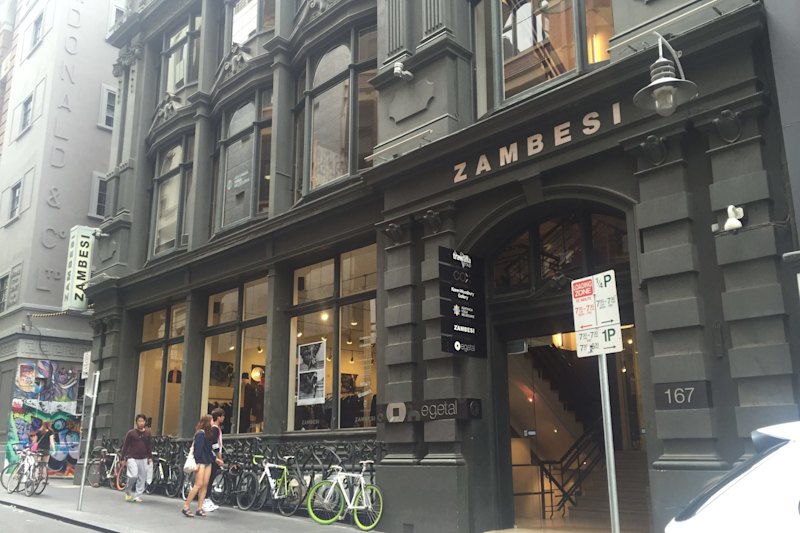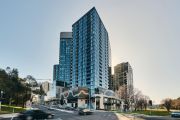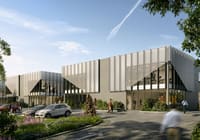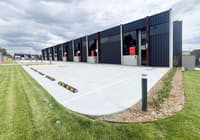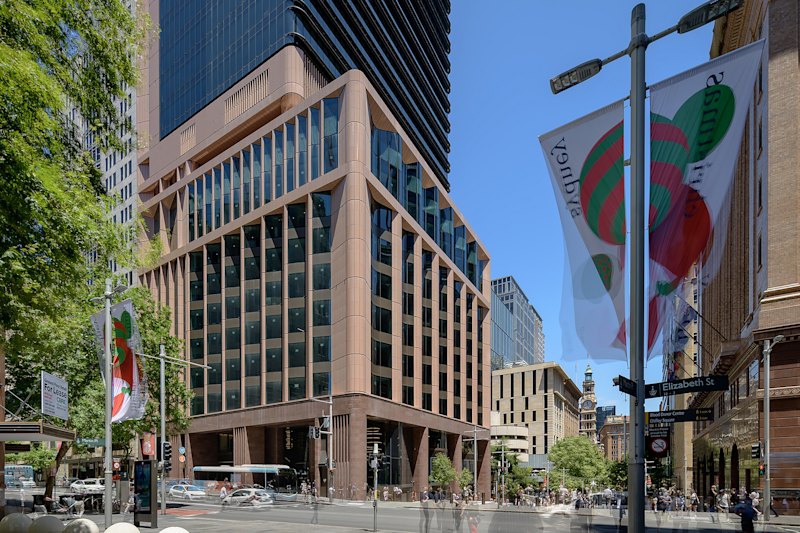
Four-square-metre rule scrapped for office lifts
Safe Work Australia has reversed a decision that would have required four square metres of space per person in office lifts and led to extended waiting times for workers to get up to their desks, in some cases up to three hours.
JLL’s head of property & asset management Richard Fennell said the lift protocols were the “major issue” preventing companies from getting back to work, with the four-square-metre rule allowing many companies to bring more of their workers back to the office sooner.
“Every building that’s got a lift was impacted by the social-distancing requirements. One person per four square metres is very hard to cater for [and], depending on the nature of the building and the wait time, organisations may have elected to maintain work from home for longer,” Mr Fennell said.
“The fact that that’s now gone away, and the hassle has gone away, would suggest that you can have less work from home, which would mean more people in the office.”
Safe Work Australia’s initial specification of four square metres for each person in a lift had led to predictions that workers in Australia Square Tower in Sydney’s CBD would have to wait as long as three hours to get up and down the landmark building at the start and end of the day.
“Along with the commute to the office, waiting for lifts can have a significant impact on the worker experience and would have been a major detractor to getting back to the office full time. The updated SafeWork Australia guidelines are a step in the right direction. The loosening of the four square metre restriction will go a long way to enabling people to move around the building in a quick and efficient manner,” Chris Hynes, Head of Leasing and Workplace at Dexus said.
“However, we anticipate there may still be delays given some restrictions in lifts remain. We are working with the authorities to implement viable plans on a building by building basis to facilitate the safe movement of more people through our buildings.”
The Property Council of Australia welcome the scrapping of those guidelines.
“The new guidelines on lift usage are sensible and practical, and give our building owners, managers and their tenants the certainty they need to plan their return to the office in coming weeks,” said Ken Morrison, chief executive of the Property Council.
Already offices in Mr Fennel’s portfolio were hovering at about 10 to 20 per cent occupancy, with the scrapping of the lift restrictions expected to see that climb to 50 per cent by July.
“We’re starting now – many organisations now plan on bringing their staff back. We’re seeing that across the buildings we manage,” he said.
However, he added that many companies would continue to operate an A and B-team system, alternating between days in the office and days working from home, for some time.
Managing how workers got to the office, including accessing public transport, would be the next big issue to tackle as building managers looked to increase occupancy.
Most large tenants that Commercial Real Estate spoke to were reluctant to speculate on whether the changes would make a material difference to their back-to-office plans.
A spokesperson for legal firm Gilbert and Tobin, which occupies an office in Tower Two of Barangaroo’s International Towers, said that relaxed rules were unlikely to change immediate plans for a return to the office but were a welcome change nonetheless.
“The relaxation of the rules for lifts will relieve a ‘choke point’ in our people’s journey to work which we were very worried about – having people waiting for a long time in the lobbies, which would be both a risk of contagion as well as a major waste of time. However, being in a crowded lift, even for a short time, is not likely to be that appealing either, so we will still be guided by building management as to how the lifts will operate,” the spokesperson said.
“This change is not likely to change our immediate plans, which are to begin with a staged return with well below our normal occupancy levels at first. If the lift changes mean that it works well, and we see no significant increases in community transmissions, this may allow us to ramp up our occupancy levels further. Our plan will be to initially allow back those with a need to be in the office, for their physical or mental health perhaps, or where they need the office facilities in order to be productive.”
Westpac, another occupant of Tower Two occupant of one of the city’s tallest buildings, Barangaroo’s Tower Two, said they would be maintaining a “distributed workforce for the foreseeable future”.
“[There will be] a mix of people working from home and working in the office each week,” a Westpac spokesperson said.
“The health and wellbeing of our people and customers is our number one priority. We are planning a phased approach to getting our people back in workplaces, with processes in place to ensure that we can maintain our commitment to safe physical distancing.”

